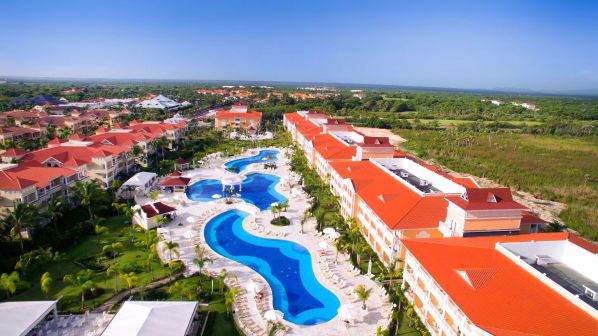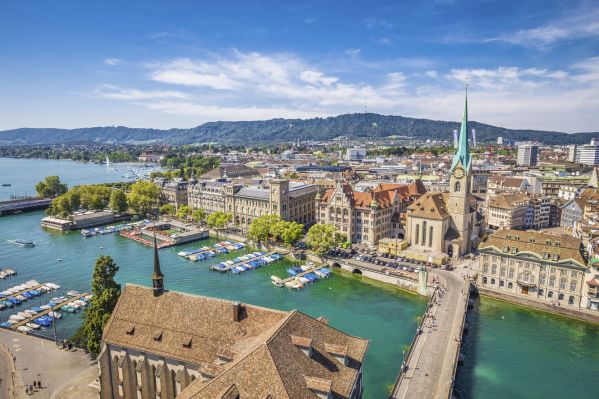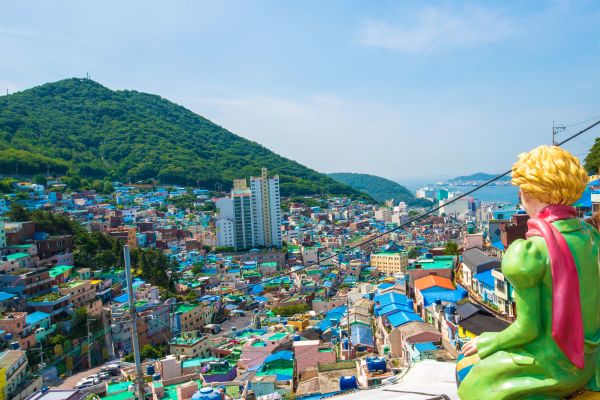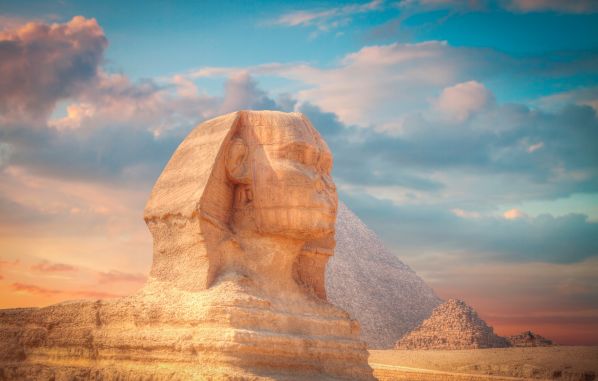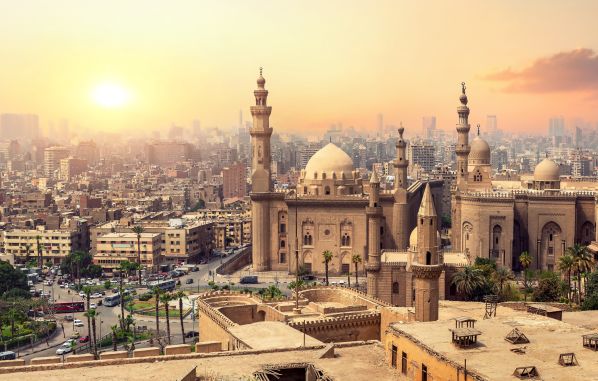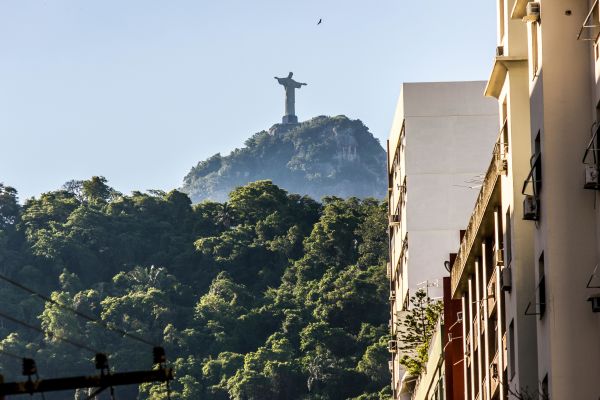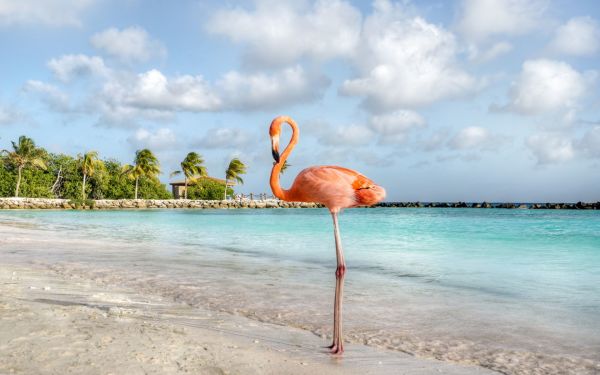Special 7 wonders of the world: Christ the Redeemer, monument of faith in Brazil

The journey of this Special 7 wonders of the modern world takes us to a final stop , a very special one, full of culture , spirituality and, above all, faith : Christ the Redeemer , the monument that impacts believers and non-believers , not only in Brazil and Rio de Janeiro , but the entire world .
Iconic , Christ the Redeemer reigns atop Corcovado Mountain in Rio , standing 38 meters tall with open arms , an expression of welcome for locals and especially for travelers . This sculpture , a witness to the history and evolution of one of the world's most vibrant cities , is located within Tijuca National Park .
From its viewpoint , 710 meters above sea level , it offers one of the most impressive panoramic views in the world , with Guanabara Bay , Sugarloaf Mountain and the iconic beaches of Copacabana and Ipanema as a backdrop .
In 2007 , Christ the Redeemer was chosen as one of the New 7 Wonders of the Modern World in a vote organized by the New7Wonders Foundation . This recognition highlighted not only its architectural value , but also its cultural and symbolic impact , its majesty , its religious significance , and its imposing location atop Corcovado Mountain.
Five years later, UNESCO recognized the monument and its surroundings as a World Heritage Site for its historical and artistic value .
The origin of a symbol of peace and Christian faith
The idea of building a statue of Christ in Rio de Janeiro arose at the beginning of the 20th century . In 1921 , on the occasion of the centenary of Brazil's independence , it was proposed to erect a religious monument that would symbolize peace and the Christian faith .

The proposal was accepted and the design was entrusted to the Brazilian engineer Heitor da Silva Costa , with the collaboration of the French sculptor Paul Landowski , who sculpted the image in the art deco style.
Construction began in 1926 and took five years to complete. On October 12, 1931 , Christ the Redeemer was officially inaugurated and, since then, has been an icon of Brazil and the world .
Building Christ the Redeemer atop Corcovado Mountain was an unprecedented architectural and logistical challenge at the time. The sculpture was designed using reinforced concrete , an innovative material for the era that guaranteed strength and durability .
Its cladding is made of soapstone , a rock with a smooth texture and great heat absorption capacity , which helps to protect the structure from inclement weather .
How did they build a 38-meter-tall statue?
Although the idea and design were conceived in Brazil , the sculpture was carved in France by the artist Paul Landowski . The head and hands were carved in Paris and then transported to Rio de Janeiro by boat . Once in Brazil , each fragment was carefully assembled atop Corcovado Mountain , requiring meticulous planning and the use of special transport and lifting systems .

Its construction required thousands of concrete blocks , which were transported to the summit of Corcovado Mountain using a railway and pulley system . Furthermore, due to the difficult terrain , workers had to build special scaffolding and temporary walkways to precisely assemble each piece of the statue .
The process took five years of arduous work and required the participation of engineers, artists, and skilled workers . And despite the technical difficulties , the result was a masterpiece of engineering and art , which has withstood the test of time and remains one of the most visited monuments in the world .
One of the most striking details of the construction is the outstretched arms of Christ , symbolizing peace and welcome to all who arrive in the city . The wingspan of the arms reaches 28 meters , which presented an additional challenge in ensuring the structure 's stability against strong winds and climate changes .
Christ the Redeemer, a memory for a lifetime
Visiting Christ the Redeemer is an unforgettable experience , and the adventure begins even before reaching the top , thanks to the different ways to ascend the monument .

The Corcovado Train offers a delightful journey through the dense rainforest of Tijuca National Park , allowing you to enjoy the lush scenery before reaching the summit . Authorized minibuses also depart from various points in the city , providing convenient access .
For the more adventurous , hiking is a challenging but rewarding option, offering the chance to admire the surrounding vegetation and forge a closer connection with nature . It's a five-kilometer uphill hike , and going with a guide is recommended.
Once at the top , the panoramic view of Rio de Janeiro is absolutely breathtaking . From this vantage point , you can admire iconic landmarks such as Sugarloaf Mountain , Maracanã Stadium , and Rodrigo de Freitas Lagoon , framed by the vastness of the Atlantic Ocean and the vibrant city of Rio de Janeiro .
Five interesting facts about Christ the Redeemer
- It was not built in Brazil : As we explained before, although the idea and design are Brazilian, the sculpture was assembled in Brazil, but its main pieces were sculpted in France by the artist Paul Landowski.
- It withstands lightning storms : Every year, the Christ statue is struck by numerous lightning bolts due to its height and location. In 2014, lightning damaged one of its fingers, requiring its restoration.
- It has a symbolic heart : On Christ's chest there is a small carved heart, symbolizing the love and faith of the Brazilian people.
- It has been the protagonist of historical events : The statue has been illuminated with different colors on numerous occasions to commemorate global events, such as the Rio 2016 Olympic Games and global awareness campaigns.
- It has a chapel on its pedestal : Inside Christ the Redeemer, at its base, is a small but significant chapel: the Chapel of Our Lady of Aparecida, dedicated to the patron saint of Brazil.

If you're planning a trip to Brazil , including this wonder of the modern world in your itinerary is a decision that will undoubtedly leave you breathless when you stand at the foot of Christ the Redeemer , a symbol of faith, unity, and hospitality in Rio de Janeiro .
You may also be interested in: Santa Marta celebrates 500 years: What to do in "the Pearl of America"

